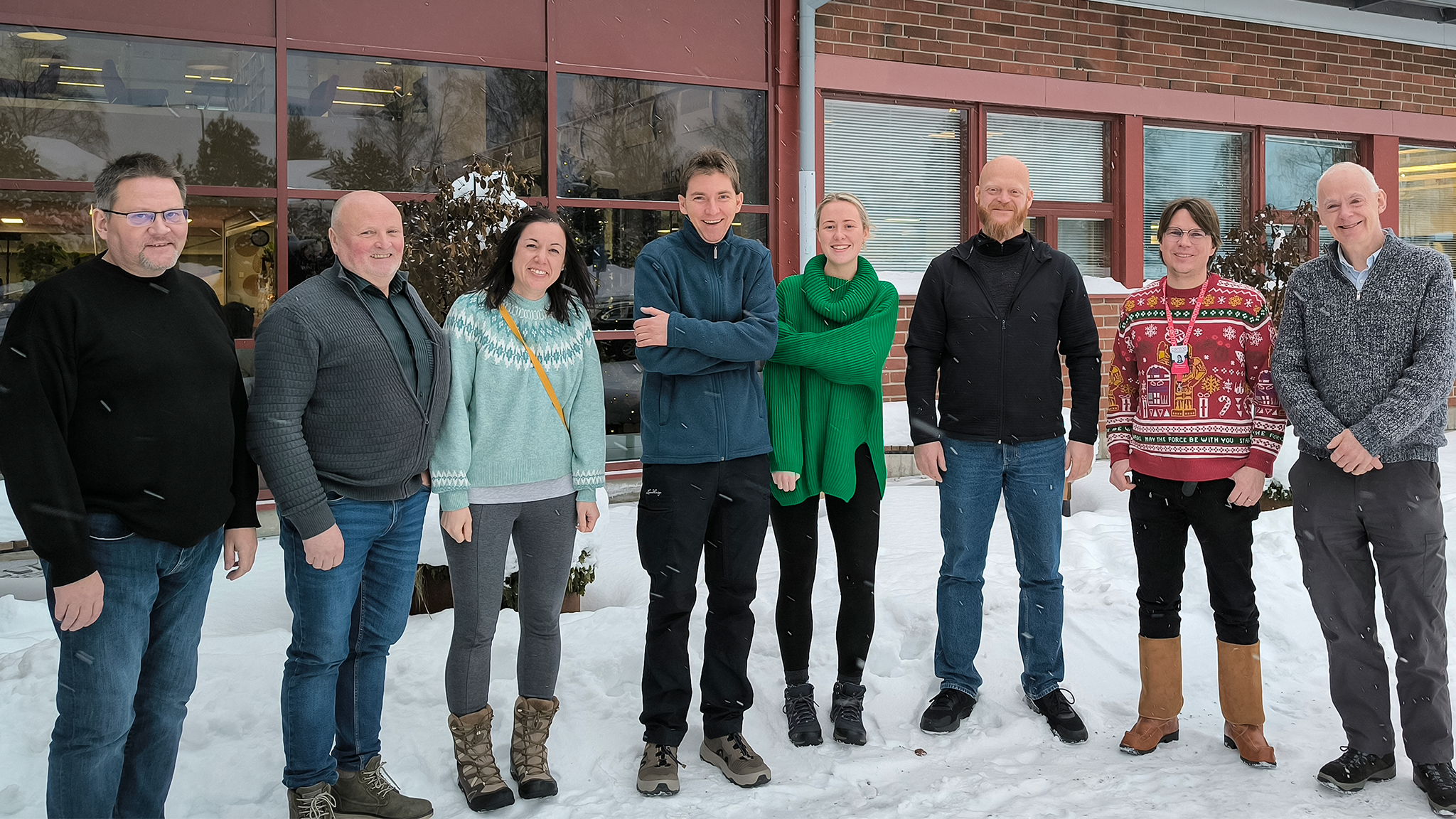Donegal County Council and Letterkenny-based ERNACT network are co-designing a €1.5million Virtual Power Plant (cVPP) model.
During the next three years, they will participate in the Northern Periphery and Arctic Programme funded COPOWER project, that is using transnational cooperation to exploit information technologies to link multiple small energy systems and operate them in coordination like a utility-scale power station to balance electricity demand and production.
Donegal County Council has identified the benefits of being involved in this project: savings, security, clean energy use and income.
The project commenced in June 2023 and together with Nolsoy Energy Ltd (Faroe Islands), University of Iceland, Centria University of Applied Sciences and Oulu University of Applied Sciences (Finland), the partnership has already completed the first steps to develop a viable business model to support it in five communities in Northern Europe, including Donegal.
Energy management representatives from DCC and ERNACT travelled on the 12th and 13th of December to Kokkola (Finland) to participate in a meeting and an awareness raising seminar hosted by Centria University of Applied Sciences.
Besides the usual project management, communication and finance discussions, the partnership focused the session on co-designing a community-based Virtual Power Plant model, specifically, the technical details of the cVPP and the software platform requirements.
Further discussions continued on defining and mapping local Distributed Energy Resources (DER) and reporting the scale of local energy generation, demand and response and defining technology, tools, data and security.
“Firstly, the partnership will focus on the distributed energy resources (DER), particularly wind and solar energy. Down the line, additional elements such as weather and pricing information will be embedded to enhance the intelligence of the cVPP. This improvement will be achieved through the application of AI”, explains Leah Ryan, ERNACT Project Leader for COPOWER.
In total, 20 partner organisations will work together, including 6 project partners and 14 associate partners. The cVPP will be jointly developed and implemented before 2026 and it will be capable of integrating several distributed energy solutions, collecting, analysing and communicating real-time energy data from various sources, including weather forecasts, and facilitating communication between all energy stakeholders.






